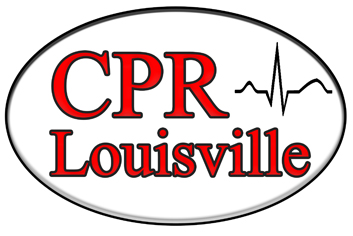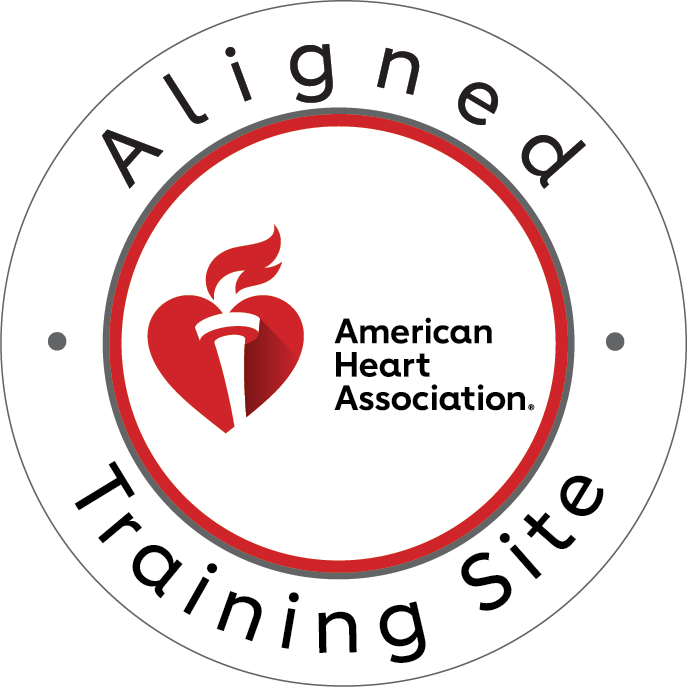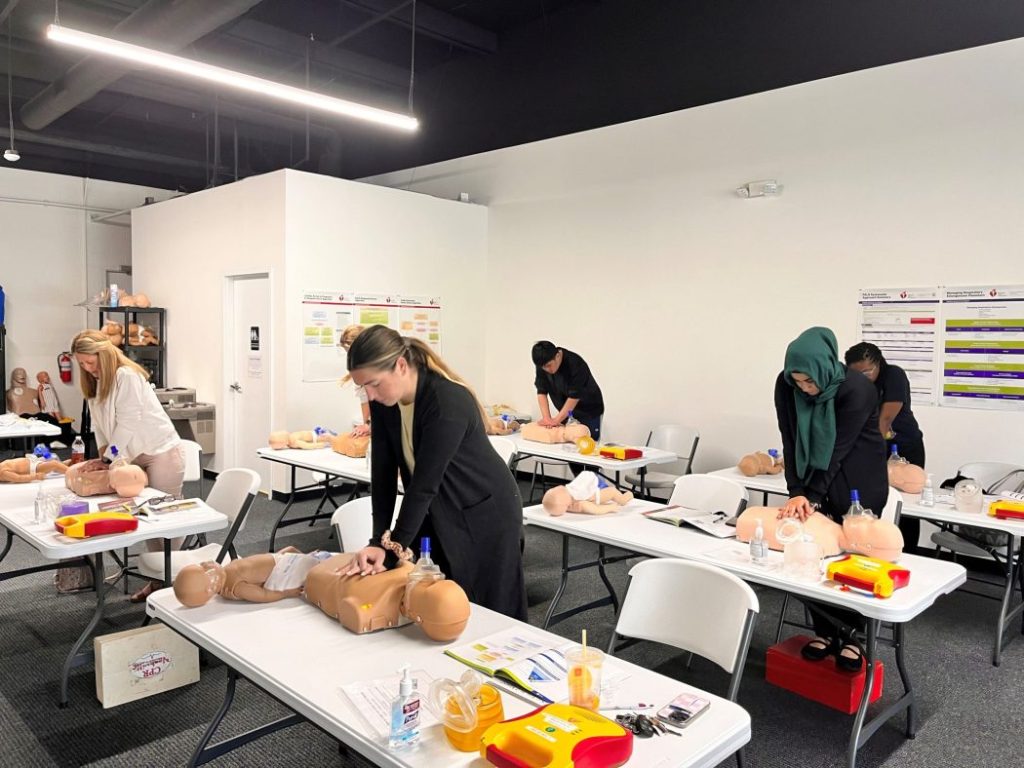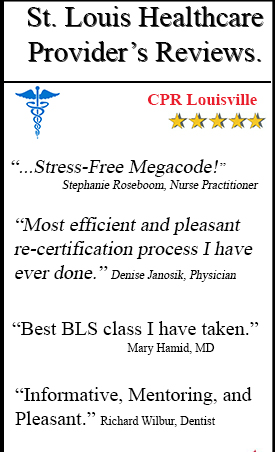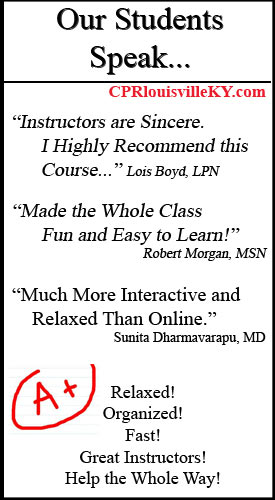Cardiac arrest is a critical medical emergency where the heart suddenly stops beating effectively, leading to a loss of blood flow to the brain and other vital organs. Despite advancements in emergency medicine, survival rates for out-of-hospital cardiac arrest remain challenging. However, a significant factor that dramatically influences these outcomes is the quality of cardiopulmonary resuscitation, commonly known as CPR. High-quality CPR is not merely about pressing on the chest; it involves specific, measurable components that directly impact the chances of survival. Among these crucial elements are compression fraction and chest recoil, two terms vital for anyone learning or performing life-saving CPR. Understanding how these factors contribute to patient outcomes and how to optimize them can mean the difference between life and death. For those in Louisville seeking to master these vital skills, CPR Louisville stands as a trusted American Heart Association AHA training site.
Understanding Compression Fraction
Definition and Explanation
Compression fraction refers to the proportion of time spent actively performing chest compressions during a resuscitation event. It is a critical metric because continuous and uninterrupted compressions are essential for maintaining blood flow to the brain and heart during cardiac arrest. Measured as a percentage, a higher compression fraction indicates more time dedicated to pumping blood and less time spent on pauses or interruptions. The goal is to maximize the time the heart is being mechanically compressed, ensuring that vital organs receive the oxygen and nutrients they desperately need. This consistent blood flow is crucial for improving coronary perfusion pressure, which directly impacts the likelihood of a successful resuscitation.
Why Compression Fraction Matters
The importance of a high compression fraction cannot be overstated. Current guidelines from leading medical organizations, including the American Heart Association, recommend maintaining a compression fraction of at least 60%, with an ideal range often cited as 80%. Studies consistently demonstrate a direct correlation between higher compression fractions and improved survival rates from cardiac arrest. When compressions are interrupted, blood flow ceases, and it takes several compressions to re-establish adequate perfusion once they resume. This loss of momentum highlights why minimizing pauses is paramount in CPR. Every second counts, and every interruption reduces the effective blood flow that CPR is designed to provide.
Common Barriers to Maintaining High Compression Fraction
Several common barriers can hinder efforts to maintain a high compression fraction. Frequent pauses for ventilations, often seen in traditional CPR protocols, can significantly reduce the compression fraction. While ventilations are important, excessive or poorly timed breaths can lead to unnecessary interruptions. Similarly, delays in equipment setup, such as preparing a defibrillator or prolonged rhythm checks, can also eat into valuable compression time. Another significant challenge is rescuer fatigue. Performing effective chest compressions is physically demanding, and as rescuers tire, the quality and continuity of compressions can decline. This underscores the importance of proper rescuer rotation in prolonged resuscitation efforts to ensure consistent, high-quality CPR.
The Role of Full Chest Recoil
Beyond just the duration of compressions, the quality of each compression is equally vital, and this is where the concept of full chest recoil comes into play. Chest recoil is defined as allowing the chest to return fully to its normal position between compressions. Imagine the chest as a pump; for it to effectively draw blood back into the heart for the next compression, it must fully expand. This full expansion facilitates venous return, which is the flow of deoxygenated blood back to the heart. Without adequate venous return, there is less blood for the next compression to push out, leading to reduced cardiac output and ineffective CPR.
The Physiology Behind Recoil
The physiology behind full recoil is directly linked to optimizing blood flow. When the chest fully recoils, it creates a negative intrathoracic pressure, which acts like a vacuum, helping to pull blood back into the chest and heart. This mechanism is crucial for refilling the heart chambers with blood before the next compression. Conversely, if rescuers lean on the chest or do not allow for complete release between compressions, this vital mechanism is compromised. Incomplete recoil, often referred to as “leaning,” prevents the heart from adequately refilling, leading to a significant decrease in cardiac output and overall less effective CPR.
Real-World Challenges
In real-world scenarios, ensuring full chest recoil presents its own set of challenges. Untrained rescuers, or even trained individuals under extreme stress, may instinctively lean on the chest due to fatigue or a misunderstanding of the importance of complete release. The high-stress environment of a cardiac arrest can lead to rescuers rushing through compressions without adequate attention to the recoil phase. This common mistake can severely diminish the effectiveness of CPR, even if the compression rate and depth are otherwise appropriate. Proper training emphasizes the importance of a visible and complete release after each compression, ensuring the chest springs back to its original position.
The Combined Impact on Survival
Compression Quality as a Survival Predictor
The synergy between compression fraction and full chest recoil is what defines high-quality CPR and ultimately serves as a powerful predictor of survival. These two factors are not independent but rather work in concert to optimize coronary perfusion pressure, which is the blood flow to the heart muscle itself. A high compression fraction ensures continuous blood flow, while full chest recoil ensures that each compression is maximally effective by allowing the heart to adequately refill. When both elements are consistently applied, the chances of restoring spontaneous circulation and achieving positive patient outcomes significantly increase.
AHA Guidelines and Evidence-Based Practices
The American Heart Association AHA guidelines continuously evolve based on the latest evidence-based practices, and these guidelines consistently emphasize the importance of minimizing interruptions and ensuring proper chest recoil. Training programs rigorously incorporate these principles, teaching rescuers to deliver compressions that are not only fast and deep but also allow for complete chest wall decompression. Adhering to these recommendations is not just about compliance; it is about maximizing the physiological benefits of CPR to give the patient the best possible chance of survival.
Improving CPR Performance: Training and Feedback
The path to mastering high-quality CPR involves both effective training and the utilization of feedback mechanisms. Modern CPR training often incorporates real-time feedback devices. These technological aids, often integrated into manikins or standalone devices, provide immediate data on compression depth, rate, and, crucially, chest recoil. By offering instant feedback, these devices help rescuers correct their technique on the spot, allowing them to visualize and understand the impact of their actions. Examples of such devices track metrics like compression fraction and the percentage of complete recoil, providing an objective measure of performance and guiding improvement.
Use of Real-Time Feedback Devices
While technology is a valuable tool, the cornerstone of effective CPR mastery remains hands-on training. Practical, supervised sessions allow individuals to develop the muscle memory and confidence required to perform CPR correctly under pressure. Practice ensures proper depth and rate, but it is especially critical for ingraining the habit of full chest recoil. CPR Louisville, for instance, prides itself on offering stress-free, hands-on training that empowers participants to confidently apply these life-saving skills. This practical approach, combined with expert guidance, helps trainees internalize the nuances of high-quality CPR, making them truly prepared for an emergency.
Benefits of Hands-On CPR Training
The mastery of compression fraction and chest recoil is paramount for a wide range of individuals, particularly healthcare providers and first responders. In hospitals and emergency medical services EMS settings, where stakes are incredibly high, consistent high-quality CPR is a fundamental requirement. Skills like Basic Life Support BLS and Advanced Cardiovascular Life Support ACLS certifications rigorously test a provider’s ability to maintain optimal compression fraction and ensure full recoil. These are not merely academic concepts; they are critical skills that directly influence patient survival in acute medical crises.
Who Needs to Master These Skills
Beyond the medical community, the general public and workplace responders also have a vital role to play. In many cardiac arrest events, bystanders are the first to arrive on the scene. Early CPR, initiated before the arrival of professional EMS, significantly improves survival rates. Therefore, equipping ordinary citizens with the knowledge and skills to perform high-quality CPR, including an understanding of compression fraction and chest recoil, can make a monumental difference. Encouraging enrollment in CPR and First Aid classes in Louisville empowers individuals to become immediate life-savers in their communities, ready to act decisively when every second counts.
Conclusion
The effectiveness of CPR hinges on two critical factors: compression fraction and chest recoil. Compression fraction emphasizes the continuity of chest compressions, ensuring that blood flow to vital organs is maximized. Full chest recoil, on the other hand, focuses on the quality of each individual compression, allowing the heart to adequately refill before the next pump. Together, these elements form the foundation of high-quality CPR, a skill proven to significantly improve cardiac arrest survival rates. The evidence is clear: when performed correctly, high-quality CPR saves lives. Therefore, taking the initiative to learn and get certified in CPR is not just a recommendation; it is a call to action. Take the first step towards being prepared to save a life by signing up for BLS certification, ACLS, or CPR classes with CPR Louisville today.

